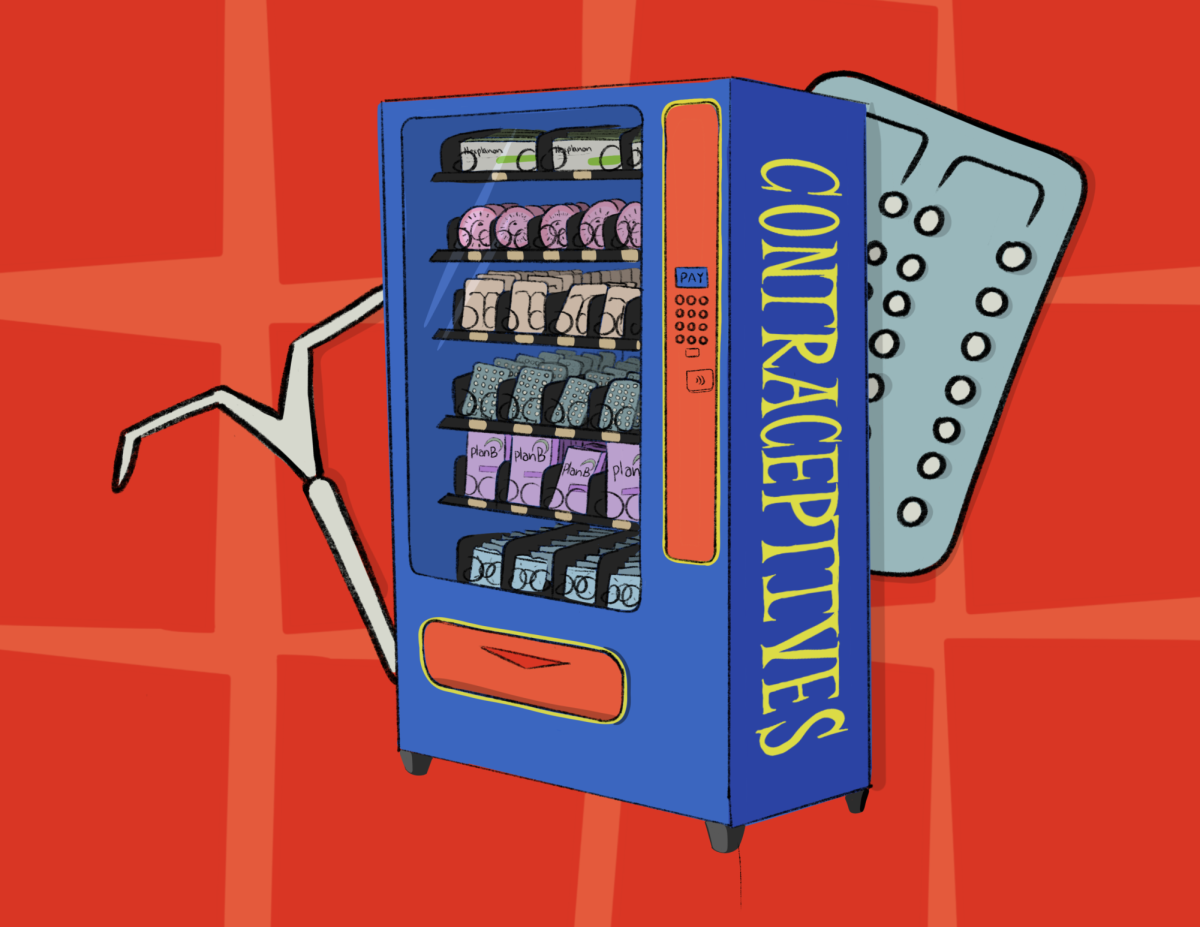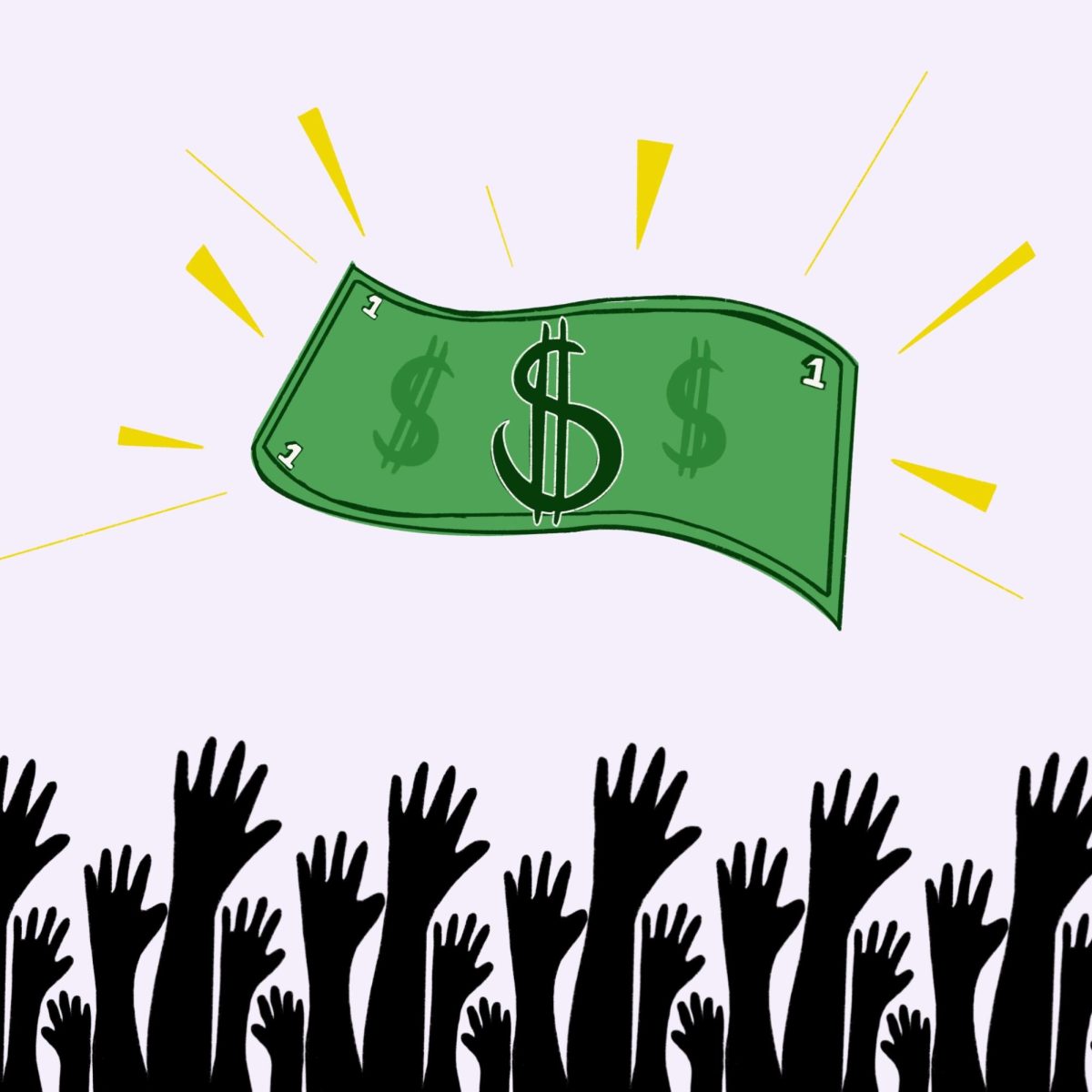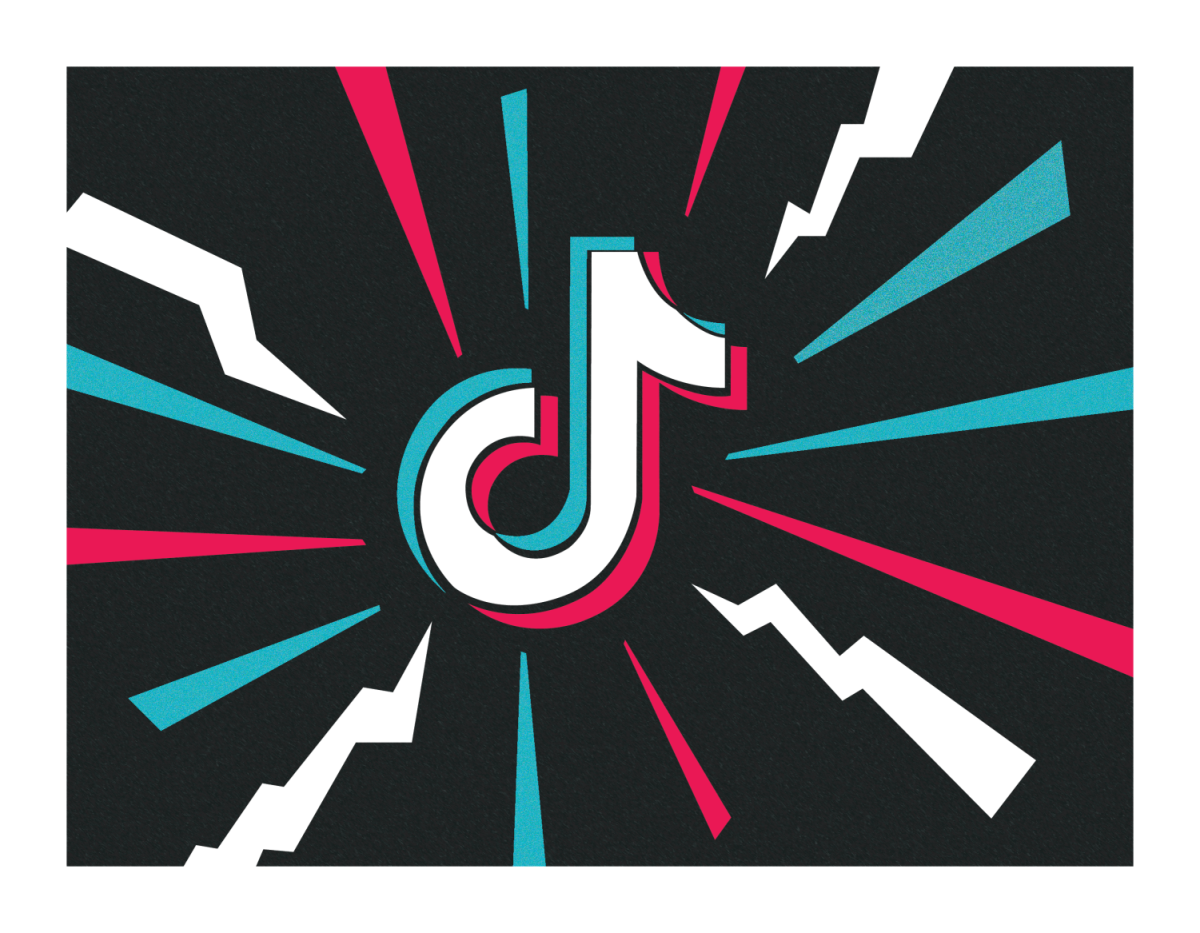As election day draws near, citizens in the United States are facing a familiar challenge this November. Whether one supports Donald Trump or Hillary Clinton, it’s likely that neither candidate will fully accommodate many viewpoints. Third party candidates such as Gary Johnson or Jill Stein have yet to disrupt the political cycle, leaving many to decide between the “lesser of two evils.” The two-party system, which has long plagued American politics, is in dire need of reform.
Recent polls conducted by RealClearPolitics show that Trump and Clinton each possess tremendous disapproval ratings at 58 percent and 54 percent. Nationally, respectively 89 percent of citizens view Congress, which has entered a state of perpetual gridlock, negatively, The U.S., once an example of streamlined democracy, has become an inefficient machine that prevents social growth. While many factors affect political negotiations, the most significant factor is indeed steep divides between two ideological bases.
For many years, politicians in the U.S. were able to identify with a cohesive party. This is no longer the case. An example of this would be the Tea Party, which in 2009 began alienating traditional Republicans. Those who win the presidency represent significantly less than half of the voting base, which results in gridlock. Furthermore, during election season, politicians from both sides of the aisle must support their party’s nominee. For politicians such as Senator Ted Cruz, endorsing Trump is unbearable and done only to satisfy a larger political machine.
Often, the most troubling aspect of the two-party system has been zero-sum politics, which produces negative campaign ads. Each political cycle, major party candidates run highly decisive races. One of these candidates, regardless of third party options, will win the election. If one campaign is portrayed as unscrupulous, the other candidate gains any lost support. Thus, both parties spend vast resources tearing each other down with the goal being to appear as the “lesser of two evils.” The current two-party system prevents viable third-party candidates from capitalizing upon voters who have been turned off by Republican and Democrat messages.
These issues wouldn’t exist within a multiparty system, however. Instead of focusing upon the negative aspects of other campaigns, candidates would be forced to spread their efforts. Consequently, it would become productive to highlight why people should vote for their platform. Additionally, a multiparty system would encourage the formation of political coalitions. Due to more political candidates, campaigns would be encouraged to forge alliances to garner widespread support. In a multiparty system, Trump would have invariably faltered, as he would have lacked support from moderate blocs.
Therein lies the beauty of multiparty systems: instead of forcing hatred, they promote friendly alliances between campaigns. This allows for more viewpoints to be represented nationally, which elevates democracy in the numerous parties. Winning coalitions would gain the weight to implement moderate agendas. Thus, the U.S. would be able to efficiently reduce political gridlock, while still protecting the interests of minority populations.
The U.S. is unique in that each citizen is afforded the opportunity to vote. Yet, the two-party system has effectively stripped the right of many to have their voices heard. If voters embraced a multiparty system, zero-sum politics would end and candidates would be able to work peaceably together. Ultimately, these coalitions would encompass viewpoints from voters previously disenfranchised, leading to a higher amount of political participation. The two-party system is unequivocally outdated and in dire need of reform. It’s time for national leaders to end this system and allow for the U.S. to once again regain democratic efficiency.











